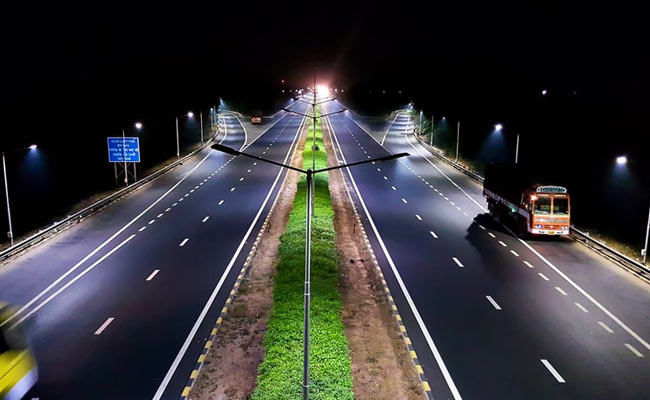Introduction
Once a transportation plan has been finalised and the demand along each of its highway links has been established, a process must be put in place that helps identify the best solution for each individual proposal within the highway network. Each project must therefore be subject to an appraisal.
The aim of the highway appraisal process is therefore to determine the economic, societal and environmental feasibility of the project or group of projects under examination. The process enables highway planners to decide whether a project is desirable in absolute terms and also provides a means of choosing between different competing project options, all of which have the ability to meet the stated goals and objectives of the project sponsors.
The ‘reasoned choice’ model of individual or group decisions provides a decision-making framework within which scheme appraisal can take place, providing a technical foundation for non-recurring decisions such as the assessment of a highway construction/improvement proposal (Zey, 1992). It comprises the following steps:
(1) Problem recognition. The decision-maker determines that a problem exists and that a decision must be reflected on.
(2) Goal identification. The decision-maker details the desired result or outcome of the process.
(3) Identification of alternative highway schemes. Different potential solutions are assembled prior to their evaluation.
(4) Information search. The decision-maker seeks to identify characteristics associated with the alternative solutions.
(5) Assessment of information on alternative highway schemes. The information necessary for making a decision regarding the preferred option is gathered together and considered.
(6) Selection of preferred highway scheme. A preferred option is selected by the decision-maker for implementation in the future.
(7) Evaluation. The decision is assessed a period of time after its implementation in order to evaluate it on the basis of its achieved results.
Clear rationality, where a judgement is arrived at following a sequence of deliberately followed logical steps, lies at the basis of this model for decision-making. The principles of reasoned choice have been adapted into an analytic technique, called the rational approach.
The scheme appraisal process for highway schemes can be broken down broadly into two sections: economic evaluation and environmental assessment. Each of these is addressed in some detail below, and this chapter also deals with an appraisal technique introduced in the UK that combines these two types of highway project evaluation.
Economic appraisal of highway schemes
At various points in the development of a highway project, the developer will require economic assessments of the route options under consideration. This will involve comparing their performance against the current situation, termed the ‘do-nothing’ alternative, and/or against the ‘do-minimum’ alternative involving a low-cost upgrading of the existing facility. Computations are performed on the costs and benefits associated with each highway option in order to obtain one or more measures of worth for each. Engineering economics provides a number of techniques that result in numerical values termed measures of economic worth. These, by definition, consider the time value of money, an important concept in engineering economics that estimates the change in worth of an amount of money over a given period of time. Some common measures of worth are:
· Net present value (NPV)
· Benefit/cost ratio (B/C)
· Internal rate of return (IRR).
In economic analysis, financial units (pounds/euros/dollars) are used as the tangible basis of evaluation. With each of the above ‘measure of worth’ techniques, the fact that a quantity of money today is worth a different amount in the future is central to the evaluation.
Within the process of actual selection of the best option in economic terms, some criterion based on one of the above measures of worth is used to select the chosen proposal. When several ways exist to accomplish a given objective, the option with the lowest overall cost or highest overall net income is chosen. While intangible factors that cannot be expressed in monetary terms do play a part in an economic analysis, their role in the evaluation is, to a large extent, a secondary one. If, however, the options available have approximately the same equivalent cost/value, the non-economic and intangible factors may be used to select the best option.
Economic appraisal techniques can be used to justify a scheme in absolute terms, in which case the decision is made on the basis of whether the project is ‘economically efficient’ or not. A negative net present value or a benefit/cost ratio less than unity would indicate an inefficient scheme where society would end up worse off with the scheme than without it. The economic benefits accruing to the beneficiaries of the highway would be exceeded by economic costs incurred by those ‘losing out’ as a result of its construction. In the main, the beneficiaries are the road users and the ‘losers’ are those funding the scheme. Where the appraisal is being used to help differentiate between the economic performances of competing options under examination, the scheme with the highest measure of worth will be deemed the most efficient, assuming that at least one will have a positive NPV or a B/C ratio greater than unity.
The framework within which this evaluation of the economic consequences of highway schemes takes place is referred to as cost-benefit analysis.


